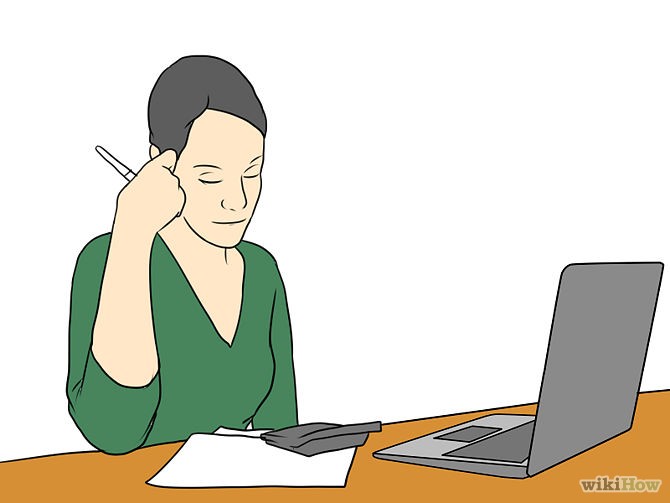How to Determine Market Value
Post on: 16 Март, 2015 No Comment

Let’s clear this up once and for all. There is only ONE way to determine the market value for single-family houses: Comparable Sales. Let me repeat: The most accurate way to determine the market value of a house is to use actual comparable sales.
Comparable sales are recent sales of similar houses in the same or similar, nearby neighborhood. This approach is called the market comparison method and is the method used by professional, licensed real estate appraisers for appraising single-family houses.
But before I explain how to use comparable sales, let’s talk about what you should NOT use. As my good friend Jim Piper recently stated:
Here are a few ways NOT to determine the fair market value of a single family home: replacement cost coupled with depreciation, the income approach, IRR, URR, tax assessor value, calling your builder, calling your psychic, or throwing salt over your left shoulder while you guess at the value.
FORGET any of the nonsense you have read about replacement value, assessed value, and listed price. Use any of these approaches, and you are asking for trouble.
Assessed value
IGNORE, I repeat, IGNORE the assessed value of the house. Tax assessments vary dramatically from one area to another. Each Tax Assessor’s Office has its own individual approach to assessing the property within its jurisdiction.
The information is rarely current. This approach may or may not have any bearing on the real market value of the property. Never rely on assessment and tax information to determine current market value unless you are an expert on tax assessments for your area.
Last sale price
Like tax assessments, it is also dangerous to rely on the Last Sale Price of the house. The previous buyer of the house may have paid too much or too little for it. You have no way of knowing. Moreover, the Last Sale Price is an event that occurred much too far in the past to be relevant to current market value. It is safest to ignore this information as well.
Real estate agents and listed price
You should always do your own market value analysis. Never rely on the agent’s opinion regarding market value. Your own opinion will be much more accurate once you have learned the correct way to determine market value. Although real estate agents learn to calculate market value, they also learn to unduly complicate matters. Some of this can be dangerous to your pocketbook.
For instance, in determining market value, many agents consider the listed or asking price of houses that have not yet sold. This is foolhardy at best. The only measure of market value is what a house sells for. Period.
It is not the price someone hopes to get for the house in the future. Wild speculation on hoped-for future prices is a pure gamble. Furthermore, the initial asking price of a house is often inflated. When the house finally does sell, the actual sale price may be thousands of dollars lower.
The asking price may be inflated for several reasons. First, some sellers just want to test the market to see what they could get for the house if they really wanted to sell it. They may not even intend to sell the house. Second, some sellers are unrealistic. They are in love with their house and won’t sell it unless they can get what may be a wholly unreasonable price.
The listed price also may be inflated because of the real estate agent who obtained the listing. Real estate agents compete vigorously with each other to get these listings. The agent who has the listing earns a commission when the house sells, even if some other agent actually sells the house.
The agents who make the most money are usually the ones who can get the most listings. Therefore, some agents are tempted to stretch the truth when they tell the home owners the market value of their home. They want to convince the sellers that their house will sell for more if they will list their house for sale with the agent’s company.
Once the agent gets the listing and the house doesn’t sell for this inflated price, the agent will persuade the sellers to lower the price. The price might be lowered several times before it actually sells.
The price of a house listed for sale with an agent may also be inflated because a real estate commission must be paid. Commissions vary from state to state and are usually between 5% and 7% of the sales price. A 6% commission on a $100,000 house is $6,000.
Technically, the seller is responsible for paying the real estate commission. In reality, the commission comes out of the proceeds of the sale and is built into the price. If the sellers decided to sell the house themselves, without the services of an agent, they could put $6,000 extra profit in their pockets.
Or they could lower the price to $94,000 and sell the house much faster. This doesn’t mean a seller should not list with an agent. But it is an expensive way to sell a house.
As you can see, the listed (or asking) price has little to do with actual market value. Never use the listed price in determining value. And IGNORE any real estate agent who suggests you should even consider listing prices.
Using comparable sales to calculate value
The most accurate way to determine the market value of a house is to use actual comparable sales. In theory, if three identical houses in the same neighborhood have recently sold for $80,000, $78,000 and $81,000, a forth identical house will sell within this same price range.
The market value of the fourth house, therefore, is between $78,000 and $81,000. The problem, however, is that in real life this happens rarely.

More likely, you will find that different houses in an area have sold for a wider variety of prices, perhaps within a range of $59,000 to $100,000. Some houses are larger, others smaller. Some are older, others newer. Some need repairs, others are perfect. But don’t worry, there is a solution to this seeming dilemma.
Determining current market value is not an exact science. Like an appraiser, we want to make an educated guess. What we are looking for is a small range of price that represents a reasonable value for the house. There are several ways to find comparable sales for an area.
In many states, you can get a Property Profile. This a document that contains a slew of information about a particular property. Most title insurance companies (hoping you will buy title insurance from them) will send you a property profile for free.
Just call the customer relations department of a nearby title company and tell them you need a property profile. Have the street address of the property in front of you when you call. It takes only a few minutes for them to retrieve the information from the computer and print it out. Then they will send it to you by fax or mail.
Although the format of a property profile may differ from state to state, the information contained in it is the same. The first page contains specific information about the property. This includes the type of zoning, the year it was built, the lot size, the square footage of the house, and the number of bedrooms and baths.
If you are in an area where title companies do not provide this information as a customer service, you can get sales information from the Multiple Listing Service (MLS). But you’ll have to find a real estate agent to get it for you.
Some title insurance companies and private companies also provide sales data as a paid service.
Working with sales data
The most important part of the property profile is the section labeled Comparable Sales. This section contains detailed information about each property sold within the last six to twelve months and within a certain distance from the specified address.
To accurately determine the market value of a house, stay as close to the target house as possible. Ideally, stay in the same neighborhood. When you are looking in a populated area, this is fairly easy. If you are looking in a rural area, you may have to spread your search over several miles.
Just remember to compare apples to apples. For a comparable sale to be truly comparable to the target house, it must be similar. That means not only that the house should be located in a nearby similar neighborhood, but also that the house should be similar in size and age.
Each comparable sale record will look something like these examples:
Smith, William & Gloria














